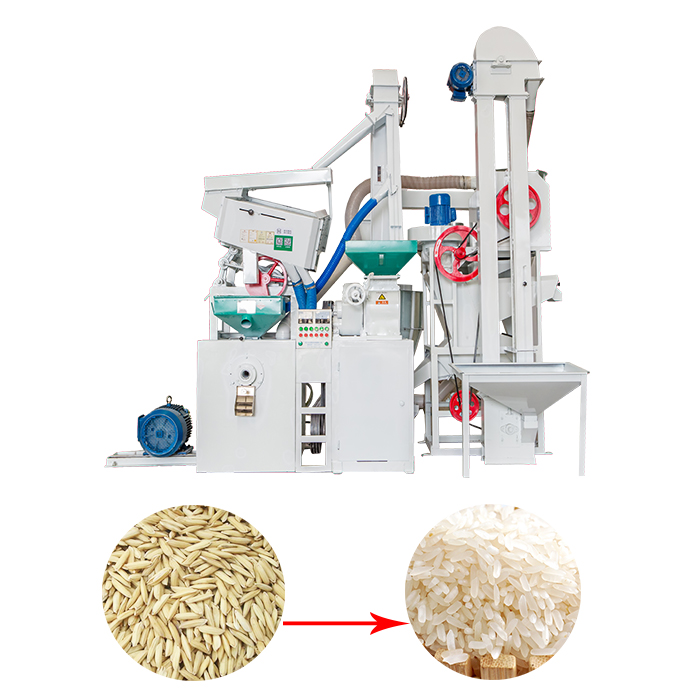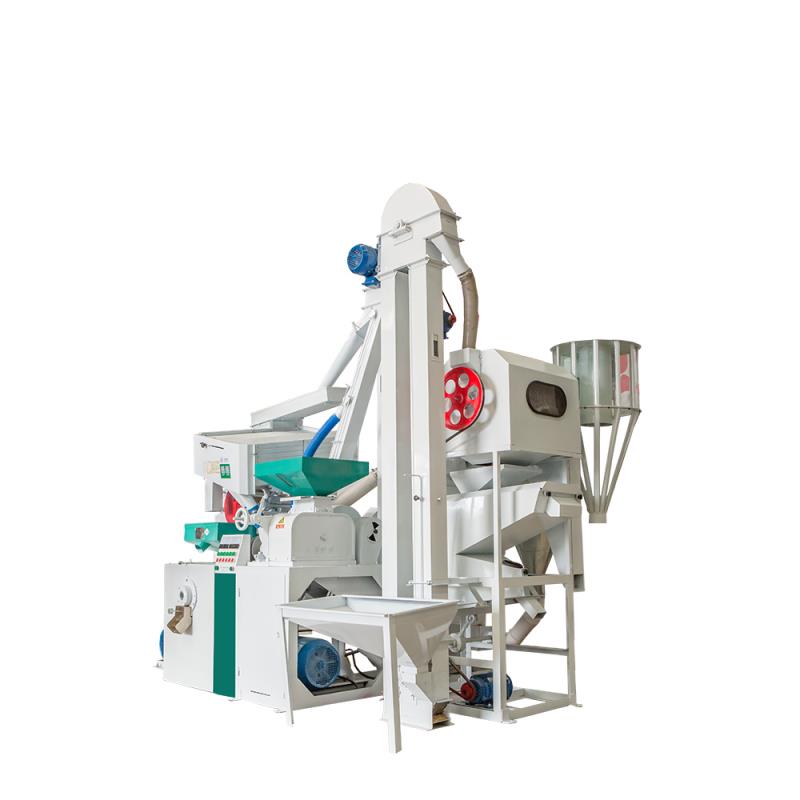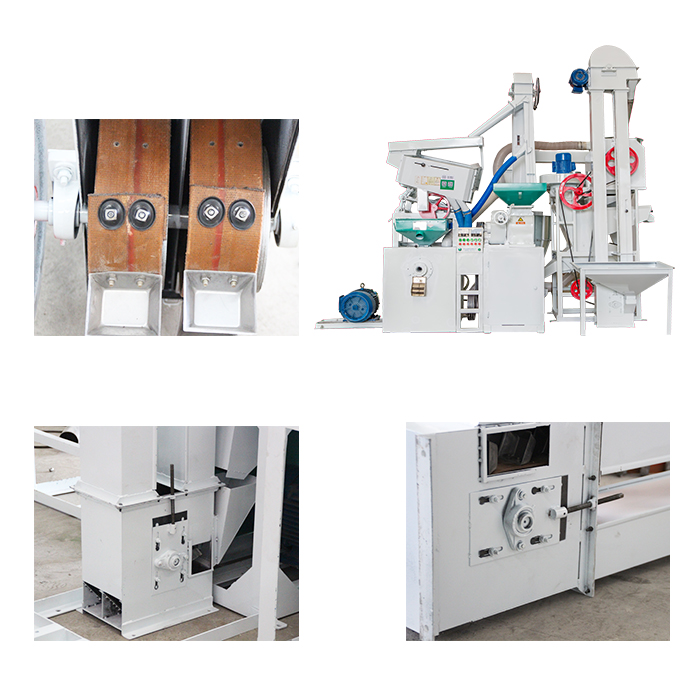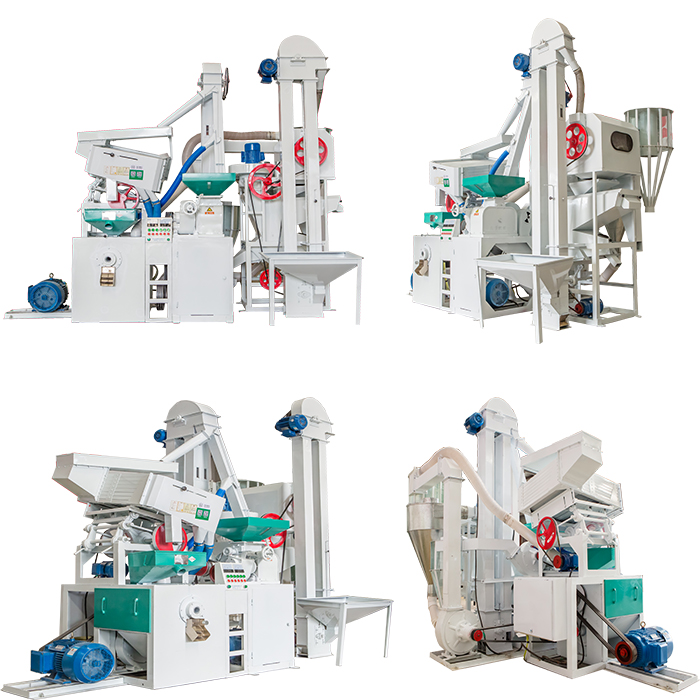I. Introduction Purity of 99.9% to 99.99% cobalt magnetic material has been widely used, manufacturing of a super alloy, a purity of 99.999% or higher is used as the target cobalt advanced electronic components. Impurities in cobalt targets can affect the performance of electronic devices: impurities such as alkali metals (such as Na, K) and non-metals (S, C, P) can migrate between semiconductors, affecting their performance; Fe can cause electrons The magnetic properties of the device are inconsistent; Ti, Cr, and Cu elements may affect the electrical conductivity of the semiconductor device; gas impurities (such as O) may increase the resistance of Co and CoSi 2 in the semiconductor device; Ni may affect the interface properties of the semiconductor; U, Th can radiate alpha rays and disable the semiconductor. Therefore, research on the preparation of high-purity cobalt is of great significance for improving the quality of cobalt targets. Internationally, in 1956, the Bureau of Mines first prepared high purity cobalt with a purity of 99.99%. KKKershner et al. removed iron , copper , nickel and other impurities in the tetraammine cobalt (III) hydrochloride solution by cation exchange method and precipitation method, and finally prepared high purity cobalt by mercury cathode electrolysis. With the development of ion exchange method and the emergence of high-efficiency extractants P507, Cynex272, Cynex301, etc., cobalt solution purification technology has been greatly developed. The United States, Canada, Japan, South Korea and other countries have carried out a lot of research work on cobalt purification technology, among which Japan is the most prominent. Japan's JMc started production of high-purity cobalt in 1997 and currently has 99.998% high-purity cobalt products. Nikko and Japan Chemical Research have produced 99.999% high-purity cobalt; Japan's Furuchi's high-purity cobalt can reach 99.999 5% (analyze 70 impurity elements), which is the highest purity reported in the current report. . In China, in 1961, the research on non-ferrous metals in Shanghai was made of crude cobalt as raw material, nickel was removed by sodium hypochlorite solution, aluminum and zinc were removed by ion exchange, iron was removed by neutralization and hydrolysis, and highly pure cobalt chloride solution was prepared for electrolytic refining. 99.99% high purity cobalt. Research and Design Institute of the Nickel drill l # Shenyong Feng the like to the electrolytic solution by electric cobalt as the raw material, ion exchange solution was removed after the electrolytic solution is purified impurity ions, high purity cobalt to give 99.994%. In addition, the Beijing Research Institute of Nonferrous Metals and the Beijing Research Institute of Mining and Metallurgy are also conducting research on high purity metals. Jinchuan Nonferrous Metals Co., Ltd. is the main production base of nickel and cobalt in China. Its cobalt production ranks first in the country, and its production technology also represents the highest level in China. Cobalt anode which coarse separator membrane electrolysis in electrolytic production of cobalt of greater than 99.98% purity, # 1 reaches the standard cobalt electrowinning. In foreign countries, most of the impurity ions in the solution are removed by ion exchange, and then the metal cobalt is obtained by electrolysis, and then further purified by means of regional melting, electron beam melting and the like to obtain high-purity cobalt. Domestic research work is mainly focused on ion exchange and electrolytic refining, and there is no report on expanding production. Second, the preparation of high purity cobalt The raw materials for preparing high-purity cobalt are industrial electrolytic cobalt, cobalt salt, etc. The metallurgical methods used mainly include hydrometallurgy, pyrometallurgy, electrochemical metallurgy and the like. The preparation process is divided into two stages: cobalt salt solution purification and cobalt metal refining. The first stage mainly uses hydrometallurgical methods such as solvent extraction, ion exchange, membrane separation, electrolysis, etc. to remove most of the metals in the crude cobalt solution. Impurities, mainly nickel, copper, zinc, iron and other impurities, and obtained by electrolysis of metal cobalt; the second stage mainly uses pyrometallurgical methods, such as regional melting, vacuum degassing, etc., to further remove alkali in metal cobalt Metal, alkaline earth metal, non-metallic gas impurities, and finally obtain high purity metal cobalt. (1) Purification of cobalt salt solution 1. Solvent extraction method The solvent extraction method utilizes the distribution ratio of impurity ions between the organic phase and the water phase to achieve the purpose of separating impurities. In the 1970s, Ritcey et al. studied the process of separating cobalt and nickel using D2EHPA. NB Devi studied the behavior of extracting Co by using D2EHPA, PC88A and Cyanex272 in the sulfate system, and discussed the effect of saponification rate on the extraction factor. MVRane uses LIX84 to extract cobalt from spent catalyst, and then removes iron and aluminum by precipitation to obtain cobalt with a purity greater than 99.9%. NVThakur et al. used P204 and P507 to separate cobalt from nickel, copper and other impurities. Wang Guangxin et al. used solvent extraction and ion exchange to purify the cobalt solution, and then electrolyzed to obtain metallic cobalt. The results are shown in Table 1. As can be seen, most of the solvent extraction of impurity metal ions have a good effect, but copper, zinc, titanium, lead and other metal ions but played enrichment. Solvent extraction is suitable for large-scale purification of cobalt solution, but the effect is not obvious in the preparation of high-purity cobalt. Table 1 Impurity content after ion exchange and solvent extraction (×10 -4 %) Note: 1 solvent extraction - electrowinning process; 2 ion exchange - electrowinning process; 3 solvent extraction - 4 times ion exchange - electrowinning process. 2. Ion exchange method The ion exchange method utilizes the difference between the functional group of the ion exchange resin and the exchange of impurity ions in the solution and the resolution ability to achieve separation. K. Mimura et al. used an anion exchange method to purify the cobalt solution, and then obtained high purity cobalt with a purity of 99.999 7% by electrolysis, arc melting, and electron beam melting. Nagao et al. remove Fe, Zn, Sn, Ni, Ca, Mg, Na, etc. by anion exchange method, and then extract other impurities by organic amine extraction. The obtained high-purity cobalt salt solution is crystallized, dried and hydrogen-reduced to obtain high-purity cobalt powder. The content of Fe, Zn, Sn, Ni, Ca, Na, and Mg is less than 0.000 l%. The copper in the cobalt salt solution is always weakly adsorbed on the resin under acidic conditions and is difficult to separate from the cobalt. In order to solve the problem of copper co-adsorption, Masahito et al. reduced Cu 2 + in cobalt solution to Cu + , and then removed Cu + (Co 2 + was not adsorbed) by anion exchange resin. The purified high-purity CoCl 2 solution crystallized. After drying, it was reduced by hydrogen to obtain metallic cobalt (RRR = 207) having a purity of 99.999 7%. The results are shown in Table 2. As can be seen from Table 2, the copper impurity content is less than 0.000 005%. Table 2 Impurity content in high purity cobalt prepared by anion exchange method (×10 -4 % ) The separation effect of Zn, Mo, W and Cu by ion exchange method is not obvious, and it has obvious enrichment effect on lead. 3. Extraction chromatography The extraction chromatography method utilizes an extractant adsorbed on a macroporous resin to selectively extract ions in a solution to achieve separation. Liu Yangzhong studied the addition of the complexing agent glycine to replace the traditional resin transformation method for extraction chromatography to purify the cobalt solution. They investigated the effects of eluent pH, injection volume and Co and Ni ratio in the feed solution on the separation. The mass ratio of cobalt to nickel was 5 in the pH value of 3.40. The cobalt and nickel (total amount of 1.6 mg) in the solution were completely separated in the range of ~100, and the effect of the coordination and buffering effect of glycine on the separation process was studied. Zhou Shi et al. transformed P507 extracting resin into Mg type, which improved the extraction ability of Co 2 + , realized complete separation of cobalt and nickel, and improved the service life of the column. Zhou Chunshan et al. used the transformed P204 extracting resin to purify the metal ions such as copper, zinc, manganese and chromium with the pH of 2.5 sodium chloroacetate. Liu Zhanliang et al. studied in detail the leaching behavior of Zn, Ca, Mg, Fe, Co, Ni and rare earth ions on P507 leaching resin in HCl system, and discussed the possible reaction mechanism of Fe 3 + on the column bed. The extraction chromatography method has the high selectivity of the extractant in liquid-liquid extraction and the multi-stage separation of ion exchange chromatography. It has excellent properties in elements with similar separation properties, so it is more and more in hydrometallurgy. The more attention you pay. At the same time, the extraction color layer also has some weaknesses of its own, such as the column extraction capacity is relatively low, the extractant is easy to lose, and the life is relatively short. Increasing the extraction capacity of the column and overcoming the loss of the extractant, the development of a more selective extractant is the key to a major breakthrough in the extraction chromatography process. 4, membrane separation method The membrane separation method utilizes a liquid membrane capable of selectively permeating ions and enriching in an aqueous phase to achieve separation. Jerzy et al. used support liquid film and bulk liquid film as carrier, D2EHPA as extractant to separate cobalt and nickel, and discussed the effects of solution acidity, membrane ionophore concentration and metal ion concentration on the separation results. Li Longquan et al. studied the process of separating cobalt and nickel in the sulfuric acid system by emulsion membrane method. They used EDTA as a masking agent to mask the nickel ions in the feed solution, and used the emulsion film of P204 as a carrier to recover cobalt from the sulfate system. The optimal separation conditions were determined by investigating factors such as pH and separation time. Although the membrane separation method has the advantages of high selectivity and fast mass transfer, it is still in the laboratory pilot stage due to poor stability of the membrane and high cost. 5, electrolysis Cobalt electrolysis is carried out in an acidic cobalt salt solution. The composition, concentration, acidity, temperature, current density and other conditions of the electrolyte should be strictly controlled. Since the potential of Cu 2 + , Cu + , Sn 2 + , Ni 2 + , Pb 2 + , As 3 + and other impurity ions in solution is higher than that of cobalt (positive) or close to cobalt, it will react with Co 2 + during electrolysis. At the same time, the presence of impurity ions such as Fe, Mn, Zn, Na, etc., which have lower potential (negative) potential than cobalt, has little effect on the quality of cobalt, but higher content will also bring certain harm. Therefore, it is necessary to strictly control the impurity ion content in the solution. The small amount of extractant dissolved in the purified cobalt solution increases the impurity content of the metal cobalt. The C, O, N, H content in the electrowinning cobalt obtained by the activated carbon treatment is greatly reduced, as shown in Table 3. Table 3 Impurity content of electrocalvanized cobalt after activated carbon treatment (×10 -4 %) Note: 1 The dissolved organic phase is removed by activated carbon treated with 6 mol/L HCl, and the data obtained after electrolysis and EBM; 2 The process is similar to Example 2 by electrowinning to obtain data, and the activated carbon used is not treated with acid; The process is similar to Example 2, the data is obtained by electrowinning, and the solution is not treated with activated carbon. Isshiki et al. used a polyethylene electrolyzer, using a high-purity cobalt wire (99.998%) with a diameter of 1 mm as the cathode, a platinum plate as the anode, and a high-purity COC1 2 solution to obtain a cobalt rod with a diameter of 5 min. Shindo et al. used ion exchange to remove impurities from the solution, and then obtained multiple times of electrolysis and electron beam melting to obtain metallic cobalt. The impurity content after multiple electrolysis and electron beam melting is shown in Table 4. It can be seen from Table 4 that electrolysis can separate impurities such as Ni, Fe, K, U, Th, etc., and multiple electrolytic refining can further reduce the impurity content; electron beam melting after electrolytic refining can effectively remove Na impurities. Table 4 Impurity content after cobalt electrolytic refining and electron beam melting (2) Drilling metal refining In order to remove residual alkali metal impurities and partial gas impurities in the metal cobalt, the metal cobalt obtained by electrolysis also needs to be refined by fire. Commonly used methods are electron beam melting, regional melting, and the like. The regional melting is based on the difference in the partition coefficients of the impurity elements in the liquid and solid, so that the metal is purified. However, elements with a distribution coefficient close to 1, such as Fe, Ni, Co, Cr, Mn, A1, Cu, Si, are difficult to purify each other by zone melting. Electron beam suspension zone melting is a common method for preparing high-purity metals. It can grow a complete single crystal and significantly increase the metal's RRR value, as shown in Table 5. After regional melting, the metal halide's RRR values ​​were increased from 236 and 116 to 334 and 245, respectively. Table 5 Changes in impurity content and RRR value under different processes (×10 -4 %) Note: A, CoCl 2 raw material; B, hydrogen reduction drill; C, electrolysis + 6 electron beam suspension zone melting; D, hydrogen reduction + 4 electron beam suspension zone melting; E, hydrogen reduction + 8 electron beam suspension zone melting; , hydrogen reduction - chlorine treatment + 4 times electron beam suspension zone melting. Miller et al. used vacuum degassing sintering method to significantly reduce the content of impurity elements such as Zn, Cd, S, O, C in metallic cobalt. The results are shown in Table 6. It can be seen from Table 6 that the vacuum degassing sintering method can effectively remove non-metallic impurities such as C, O, N in the metal, but the effect on the metal impurities is not obvious. Table 6 Degassing effect of vacuum sintering (×10 -4 %) Third, the conclusion A single purification method cannot meet the requirements for preparing high purity cobalt above 5N. The solvent extraction method has a good effect on most metal ions, but the separation effect on metal ions such as Ni, Cu, Zn is relatively poor; the membrane separation method has the disadvantages of poor stability and high cost. The ion exchange and extraction chromatography methods have a good effect on elements with similar separation properties, but have problems such as low capacity. During the refining process, the regional melting can remove the alkali metal, alkaline earth metal and gaseous impurities in the metal cobalt, and is beneficial to the formation of a complete cobalt single crystal with high purity and large value. Therefore, a reasonable process for preparing high-purity cobalt of 5N or more is as follows: firstly, impurities such as nickel, copper, iron, zinc, etc. in the cobalt salt solution are removed by ion exchange or extraction chromatography, and then Ni, Fe, K are further removed by electrolysis. , U, Th and other impurities to obtain high-purity metal cobalt, and finally use regional melting to remove the alkali metal and impurities with higher vapor pressure to obtain a crystal-completed high-purity cobalt product.
Rice Hulling Combination Rice Machine
The combined rice husker has the advantages of low power, low energy consumption, large output, easy operation and good maintenance. The machine consists of a single-link elevator, a multifunctional cleaning and stone removing machine, a new split rice huller ( the core part of the equipment ), a double-link elevator, a grain rough separating screen, a negative pressure rice refining machine, a broken rice separating screen, a multifunctional crusher and a central centralized controller. The fuselage is made of wear-resistant glass pipes, which are durable and beautiful.
Equipment parameter:
Main characteristics of rice milling machine:
1. compact construction, beautiful appearance.
2. less broken rice increment.
3. easy to operate.
4. steady performance.
5. national patents.
MLNS 15/15 Rice Mill Machine,Efficient Rice Mill Machine,Rice Processing Machine,Wear Resistance Rice Mill Machine Sichuan Doujin Technology Co., Ltd. , http://www.doujinmachine.com





Equipment model
Rice output(kg/h)
Milled rice rate(%)
Weight of equipment(kg)
Equipment power(kw)
Dimension(L×W×H)
Power input(V/Hz)
MLNS15/15
500-700
69-75
1500
25
3200×1900×3000
380/50





November 24, 2019